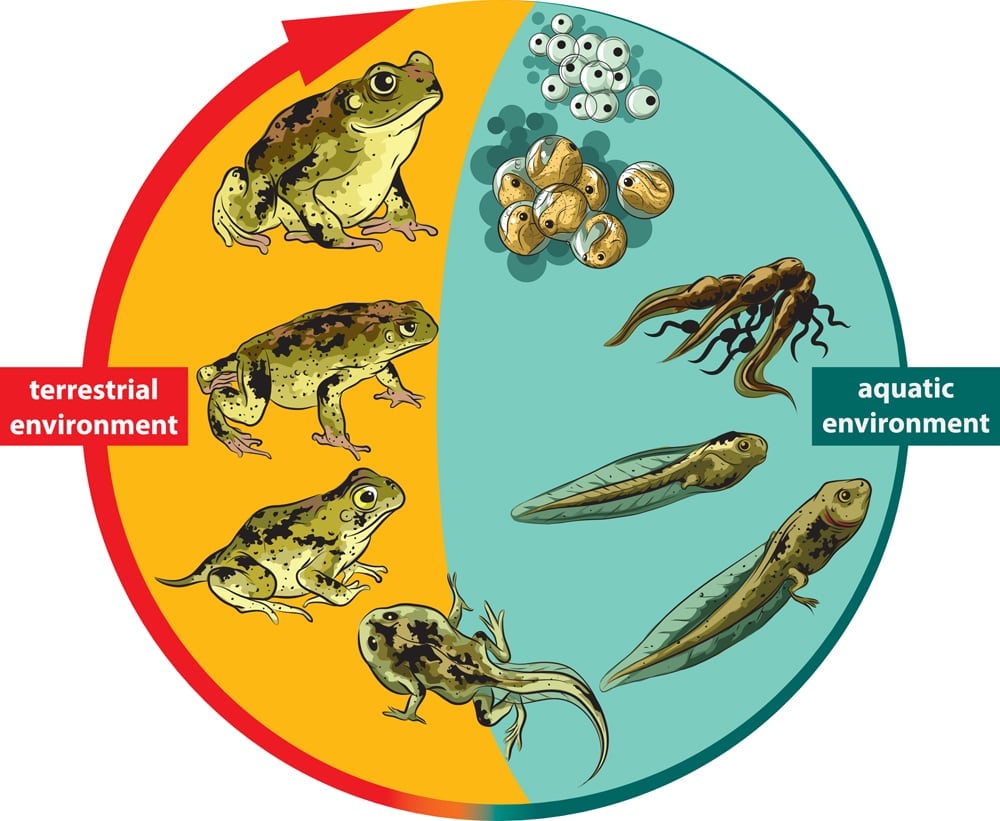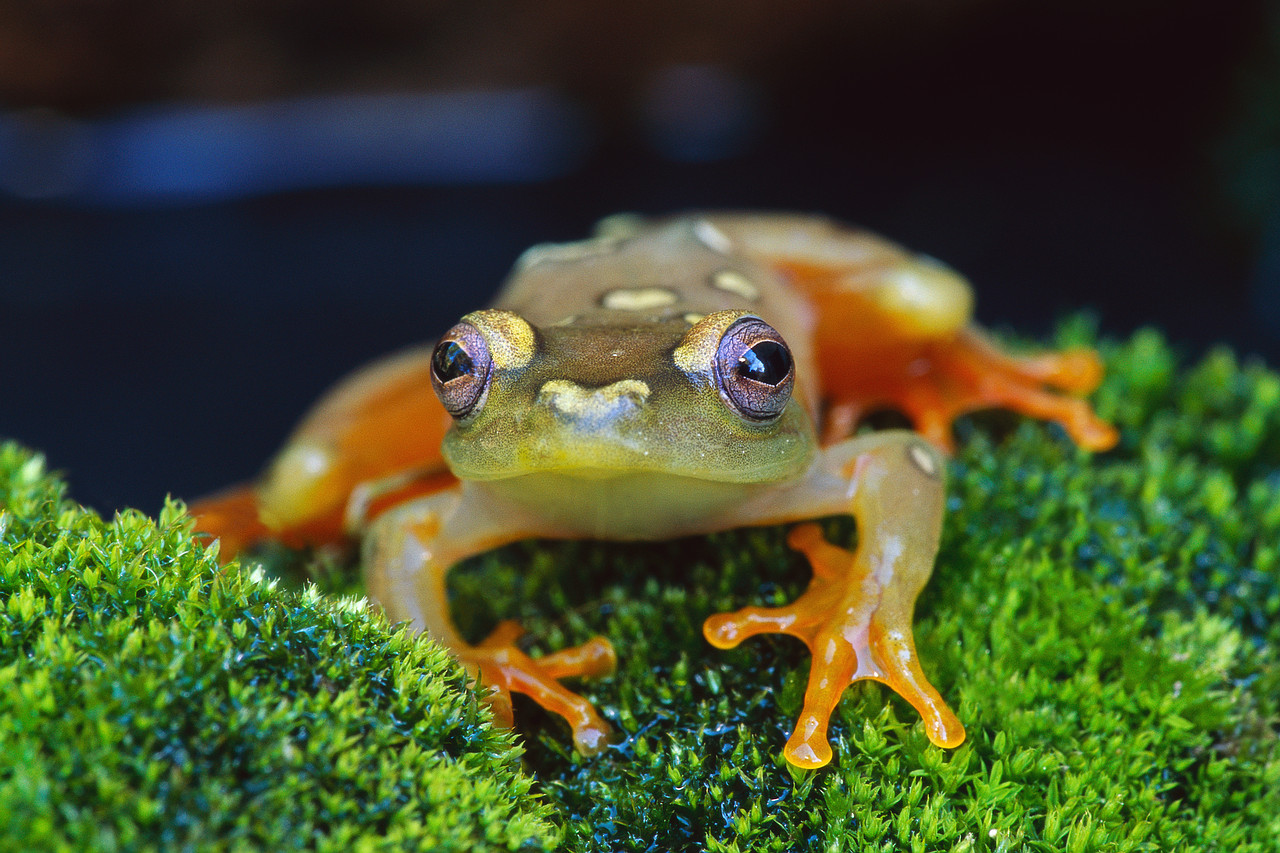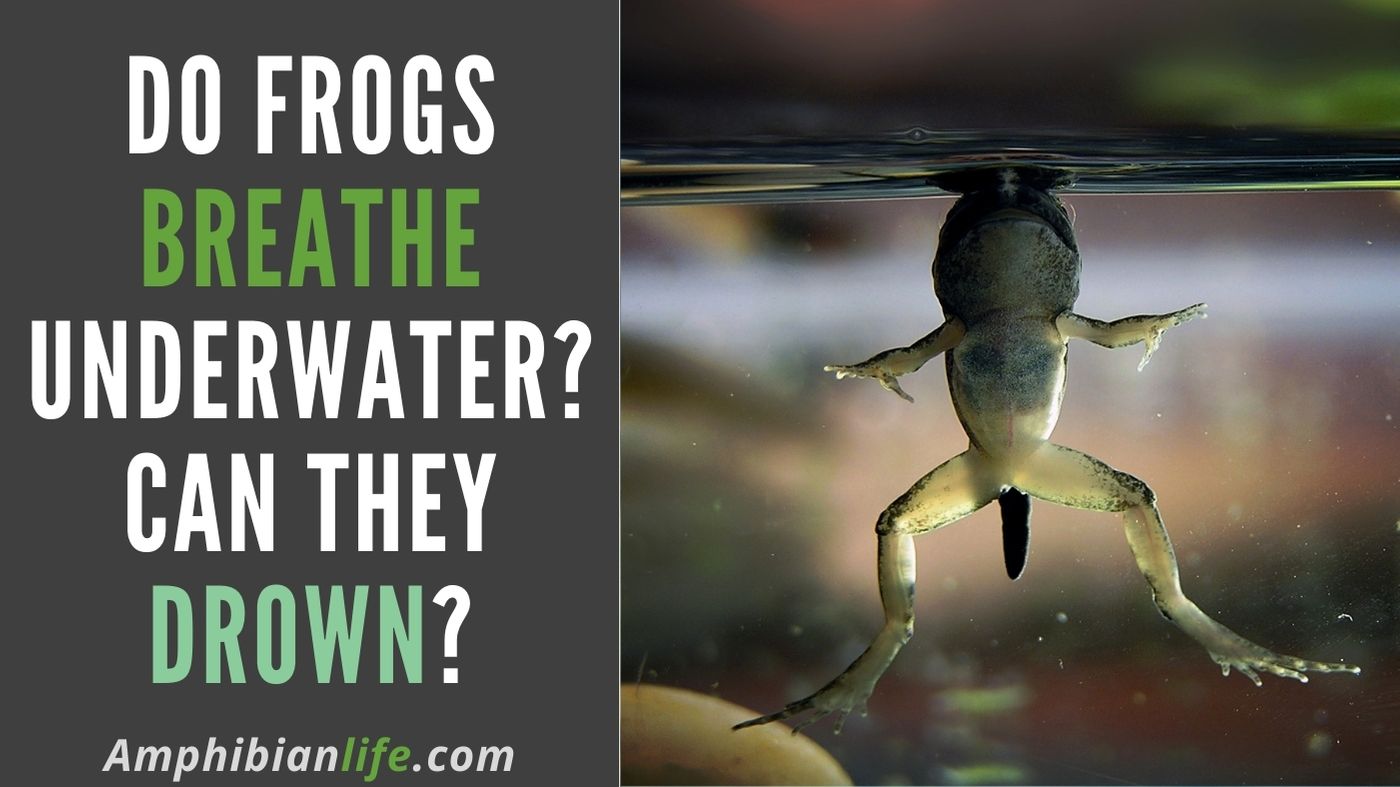Amphibians Breathe Through On Land

Amphibians have a unique respiratory system that doesnt rely entirely on a single source of oxygen.
Amphibians breathe through on land. All amphibians are coldblooded and can live on land and in water. As long as their skin is moist they can absorb oxygen directly from the air or water through the skin. This is important for two reasons.
Most amphibians reproduce in fresh water while a few lay their eggs on land and have developed mechanisms to keep the eggs moist. Amphibians can breathe underwater because they can absorb dissolved oxygen through their skins when underwater. Amphibians breathe through in water.
Amphibians are animals that can live on land or in water and they are characterized by moist glandular skin gills and a lack of scales. Their larvae not yet fully developed offspring mature in water and breathe through gills like fish while adults breathe air through lungs and skin. Adult amphibians breathe through lungs and skin.
With the exception of a few frog species that lay eggs on land all amphibians begin life as completely aquatic larvae. First it means that their skin helps them breathe since oxygen passes easily through it. Most amphibians have thin skin that is very permeable allowing liquids and gases to pass through it easily.
Below are some of the characteristics shared by the amphibians. These animals are the toads frogs and salamanders and many more. During their larval stage amphibians breathe through their gills but later on develop their lungs as they move on to land.
Amphibians use their lungs to breathe when they are on land. Amphibians on land primarily breathe through their lungs. In addition to their lungs amphibians can actually breathe through their skin.



















